Since 1984, when scientists first successfully decoded DNA from a quagga specimen, an extinct species of zebra, technology has opened the door to studying ever more ancient DNA.
Currently, the record for oldest DNA found belongs to a 2.4 million-year-old ecosystem in Greenland.
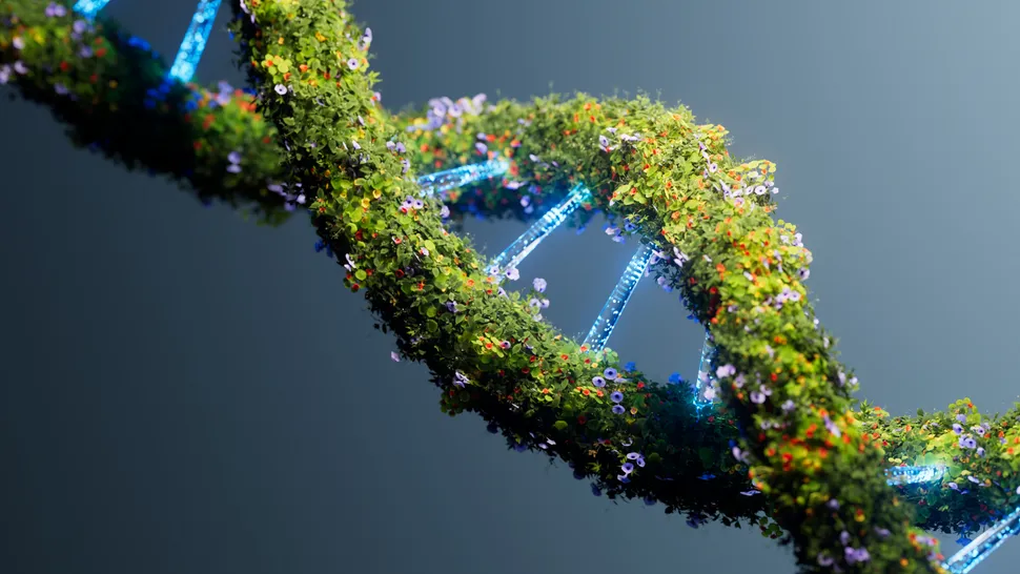
However, the question of how long DNA can last remains open. “DNA is less than people thought in the early 1990s, but it is more than people thought in the early 2000s,” said Tom Gilbert, director of the Centre for Evolutionary Genomics at the Danish National Research Foundation.
A 2012 study by Gilbert and colleagues modeled the “half-life” of DNA in bone, estimating it to be about 521 years. Based on this model, DNA could last up to 6.8 million years under ideal conditions: cold, dark, dry, and fresh.
This explains why the best ancient DNA samples are often found in permafrost areas like Greenland and Siberia.
The challenge of finding ancient human DNA
While DNA from a 1.2-million-year-old mammoth has been sequenced, the search for ancient human DNA is more challenging. Humans evolved primarily in hot, humid regions where DNA is poorly preserved. This limits the ability to study our earliest ancestors.
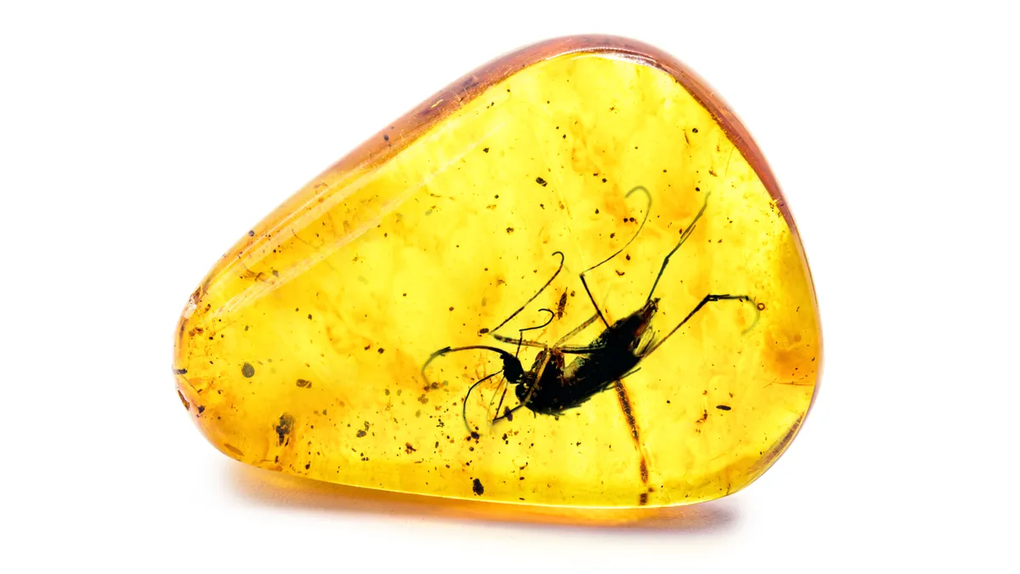
40,000-year-old Neanderthal DNA has been sequenced, and more recently, DNA from the thigh bone of a human relative who lived 400,000 years ago was analyzed. However, the oldest DNA from sub-Saharan Africa, where humans evolved for millions of years, dates back just 20,000 years.
The Limits of DNA and Hope from Ancient Proteins
In addition to environmental conditions, the length of the remaining DNA chain is also an important factor.
“You need a minimum length of DNA sequence to be uniquely identifiable,” Gilbert explains. “If you take a book and cut it into chapters, you can identify that book. If you cut it into words, it’s much harder. If you cut it into letters, it’s impossible.”
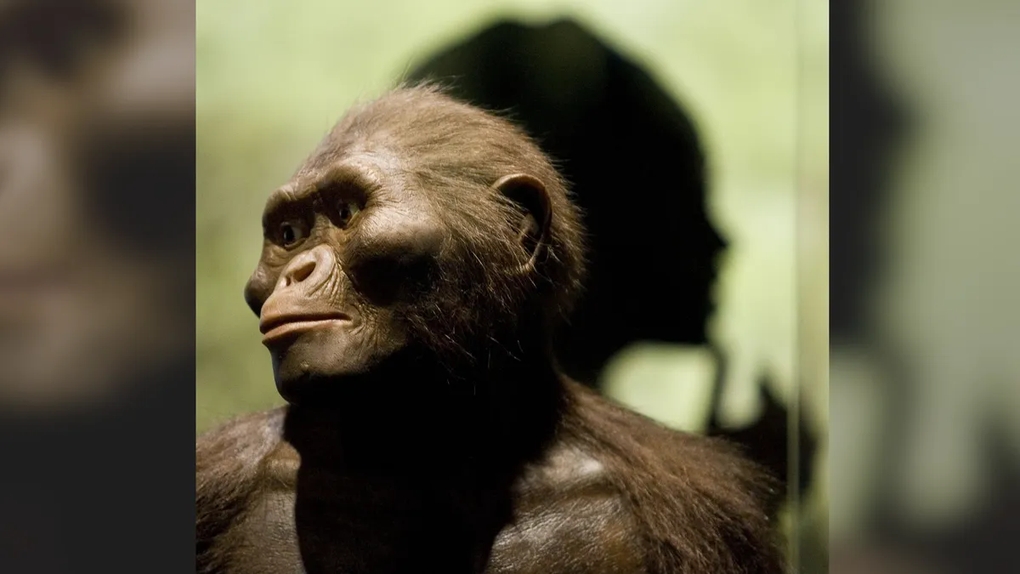
With these limitations, collecting DNA from ancient human relatives like Australopithecus (which includes Lucy, who lived 3.2 million years ago) is nearly impossible.
However, advances in ancient protein research are opening up new hope, providing small amounts of genetic information from human relatives who lived 3.5 million years ago.
Although 2.4 million years is the current record, scientists believe that even older DNA could be found in the future, especially in areas with ideal preservation conditions, such as under the Antarctic ice sheets.
Source: https://dantri.com.vn/khoa-hoc/dna-ton-tai-duoc-bao-nhieu-trieu-nam-20250930232453018.htm



![[Photo] Prime Minister Pham Minh Chinh chairs a meeting of the Government Standing Committee to remove obstacles for projects.](https://vphoto.vietnam.vn/thumb/1200x675/vietnam/resource/IMAGE/2025/10/06/1759768638313_dsc-9023-jpg.webp)
![[Photo] Prime Minister Pham Minh Chinh chaired a meeting of the Steering Committee on the arrangement of public service units under ministries, branches and localities.](https://vphoto.vietnam.vn/thumb/1200x675/vietnam/resource/IMAGE/2025/10/06/1759767137532_dsc-8743-jpg.webp)




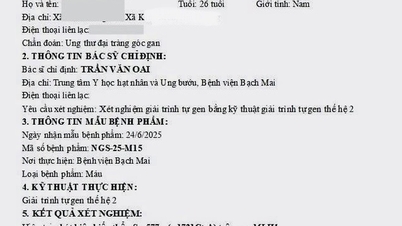



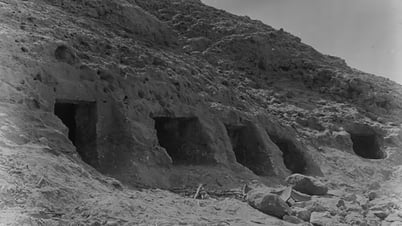





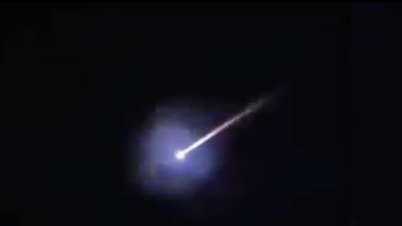

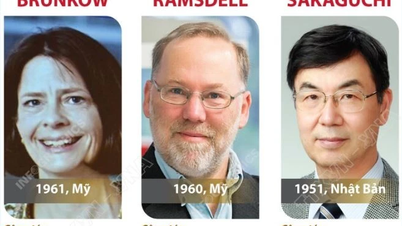

















































































Comment (0)